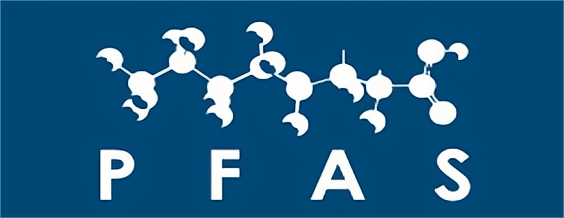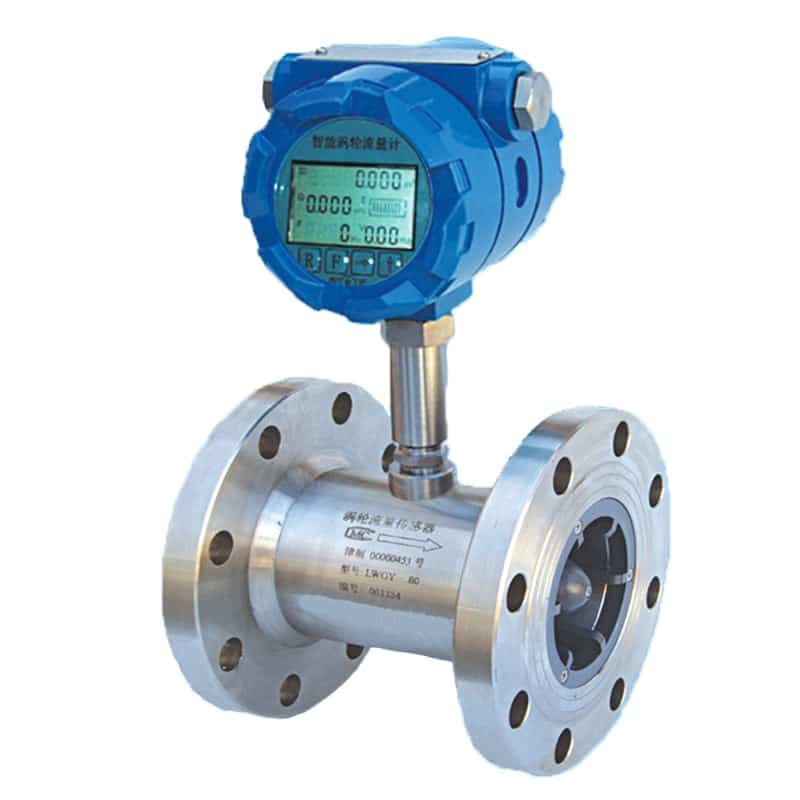Hundreds of everyday products are made with highly toxic fluorinated chemicals called PFAS. They accumulate in our bodies and never break down in the environment. Very small doses of PFAS have been linked to cancer, reproductive and immune system damage, and other diseases.
Permanent Chemical Substances
What are permanent chemicals?
Permanent Fluorochemicals (abbreviated as PFAS) are a class of chemical substances consisting of fluorocarbons, which contain carbon-fluorine bonds in their molecules. These chemicals are widely used in many industrial and consumer applications, including water-repellent, oil-repellent, flame-retardant, and anti-adhesive coatings, as well as as as surfactants and stabilizers in manufacturing processes.PFAS are favored for their excellent durability, high-temperature resistance, and low surface tension.

However, due to the stability of its chemical structure, PFAS is difficult to break down in the environment and is therefore referred to as a “permanent” chemical. This results in the persistence of PFAS in the environment and its potential to accumulate in the food chain. Due to their potential toxicity and ecological risks, some PFAS have been found to be potentially harmful to human health and the environment.
Effects Of Permanent Chemicals In Water
Due to their persistence and bioaccumulation, PFAS may persist in the environment for long periods of time, causing long-term effects on ecosystems and human health.
Environmental Impact
- Water Contamination: Chemicals can be released into water bodies and contaminate water sources, rivers, lakes and groundwater. This may cause adverse effects on aquatic organisms and aquatic ecosystems.
- Bioaccumulation: Accumulation of chemicals in living organisms may lead to contamination of organisms in the food chain. Accumulation of high concentrations of PFAS in the food chain may be harmful to wildlife.
Health Impact
- Huamn intake: Permanent chemicals may enter the body through drinking water, food and skin contact. Long-term ingestion of high levels of chemicals may be associated with a number of health problems, such as liver damage, immune system suppression, and abnormal thyroid function.
- Cancer risk: Some PFAS may be associated with an increased risk of cancer, especially with long-term exposure to high concentrations.
- Reproductive and developmental problems: Some studies suggest that PFAS may interfere with reproduction and development, affecting fertility and embryonic development.

Type Of Chemical Substance
Permanent chemical substances (PFAS) are a widespread class of organic compounds that include, among others:
- Perfluoroalkane sulfonic acid (PFSA): This is a class of sulfonates containing perfluoroalkyl chains, commonly represented by perfluorooctanoic acid (PFOA) and perfluoropropanesulfonic acid (PFOS). They are widely used in industrial and consumer products, such as coatings, water repellents, fire fighting foams, chemical process industry etc.
- Fluorinated alkyl sulfonic acids (FASA): These compounds also contain fluorinated alkyl chains and sulfonate groups, but unlike PFSA, they contain sulfonic acid groups in their structure instead of carboxylic acid groups.
- Fluorinated alkyl phosphates (FAPs): This is a class of compounds that contain a fluorinated alkyl chain and a phosphate group. They are commonly used in a number of industrial and commercial applications such as fire retardants, lubricants etc.
- Other derivatives: In addition to the above categories, there are many other types of PFAS compounds that differ in structure but all contain fluoroalkyl chains. These compounds may have similar properties and effects.
Named for their chemical stability and persistence, these permanent chemicals are difficult to degrade in the environment, tend to accumulate, and can have potential impacts on ecosystems and health.
How do chemicals end up in our water?
- Industrial emissions: Industrial processes, particularly those producing industries that use PFAS, may emit these chemicals into the atmosphere or water bodies. These emission sources include manufacturing plants, chemical plants, textile mills, etc.
- Wastewater discharges: PFAS may enter wastewater and then enter the environment through industrial and municipal wastewater treatment facilities. Some household wastewater may also contain small amounts of PFAS because these chemicals are also used in some consumer products.
- Firefighting foams: PFAS are contained in some firefighting foams, which are used to extinguish and respond to fires. These foams may find their way into water bodies after use in emergency situations.
- Soil and groundwater contamination: PFAS compounds may enter water bodies through soil and groundwater contamination, especially around industrial sites where they are used.
- Atmospheric Landing: PFAS compounds can land in surface water bodies with particulate matter in the atmosphere, especially in areas where there are nearby sources of industrial pollution.
- Recycling and deposition: Some PFAS compounds may recycle in water bodies and be deposited in sediments, thus further affecting water quality.

Composition Of Water Quality In Chemical Substances
| Water Quality Parameters | Numerical Range |
| PH | 6.5-8.5 |
| DO | >5 mg/L |
| Turbidity | < 5 NTU |
| Total Suspended Solids | < 30 mg/L |
| Ammonia | < 1 mg/L |
| Total Nitrogen | < 10 mg/L |
| Manganese | < 0.05 mg/L |
| Chlorine | < 250 mg/L |
| Sulfate | < 500 mg/L |
| COD | < 50 mg/L |
| BOD | < 10 mg/L |
| Grease | < 10 mg/L |
| Cyanide | < 0.05 mg/L |
| Volatile Organic Compounds (VOCs) | Setting according to specific substances |
How to monitor PFSA in water?
Monitoring permanent chemicals in water usually requires the use of specific water quality monitoring instruments and techniques. Instruments such as pH meters, conductivity meters, and multi-parameter water quality meters can be used to monitor changes in certain properties in the water column, but cannot directly detect specific chemicals, including PFSA.
- Liquid chromatography mass spectrometry: This is a highly efficient analytical method that accurately measures the concentration of permanent chemicals in water.
- PH meter: Used to monitor the acidity and alkalinity of water, parameters that may affect the dissolution and migration of permanent chemicals.
- Conductivity meter: Indirectly monitors dissolved permanent chemicals in water by measuring the conductivity of the water.
- Multiparameter water quality meter: Measures a variety of water quality parameters simultaneously, including temperature, pH, and conductivity.
- Chemical oxygen demand meter: COD is not specifically used to monitor PFAS, it is a water quality indicator used to measure the amount of organic matter in a body of water, which is often used to assess the degree of organic pollution in wastewater. Although COD cannot be used directly to monitor PFAS, it can be used to assess the overall quality of a water body by considering multiple water quality indicators together. The difference between COD and BOD is that COD is the amount of oxygen required for chemical decomposition of pollutants, while BOD is the amount of oxygen required for microbial biodegradation. Indicators such as COD, total suspended solids, pH, dissolved oxygen, and ammonia in water can be considered simultaneously in the integrated monitoring of a water body to provide a more comprehensive understanding of the condition of the water body and potential pollution problems.
Flow meters can play an important role in the treatment of water bodies containing PFAS. Flow meters can monitor the flow in the water body in real time, helping to determine the flow in and out of the water body in the treatment system, thus ensuring the stability and effectiveness of the treatment process.
- Turbine flowmeter: Suitable for liquid flow measurement in small to medium flow ranges and can also be used in water bodies containing PFAS. Turbine flowmeter can also be used for water containing PFAS. They can also provide accurate measurements at low flow rates.
- Ultrasonic flowmeter: For non-contact flow measurement of liquids, can measure many types of liquids, including water containing PFAS. Ultrasonic flowmeter are suitable for large and medium to small flow applications.
- Vortex flowmeter: Vortex flowmeters are suitable for a wide range of liquid and gas flow measurement and can be used for flow measurement of PFAS in liquids. They offer high accuracy and reliability.



How to filter PFAS from water?
- Activated carbon filtration: Activated carbon is an adsorbent that effectively removes organic substances, including PFAS, from water. By passing water through an activated carbon filter, organic pollutants, such as PFAS, are adsorbed onto the surface of the activated carbon, thus purifying the water. Regular replacement or regeneration of activated carbon is required.
- Granular media filtration: The use of granular media filters, such as sand filters, filter bags, etc., removes suspended particulate matter and certain organic substances from the water, thereby partially removing PFAS.
- Reverse osmosis: Reverse osmosis is a membrane separation technology that separates water molecules from solute molecules by means of a semi-permeable membrane, which can effectively remove organic pollutants such as PFAS. Reverse osmosis systems require maintenance and cleaning of the membrane to maintain its filtration performance.
- Lon exchange resins: Specific types of ion exchange resins can selectively remove specific ions from water, such as PFAS. As the water passes through the resin bed, the PFAS chemically reacts with specific functional groups on the resin and is adsorbed by the resin.
- Ultrafiltration: Ultrafiltration is a method of removing macromolecules through membrane filtration and can also be used to remove some organic contaminants, including PFAS, from water.
Summary
PFSA is a class of environmental contaminants of widespread concern that requires ongoing monitoring and research to protect the environment and human health.
The Apure brand is a company committed to innovation and quality, specializing in advanced water treatment solutions. As one of the industry’s leaders, Apure has extensive experience and expertise in water treatment and continues to drive innovation in technology and processes to meet evolving customer needs. We offer high quality pressure measurement, temperature measurement, and ozone generators. We are committed to helping you achieve accurate and reliable water quality monitoring, please feel free to contact us.
